A history of the microcomputer industry in 300 adverts
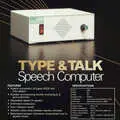
Namal
April 1985
Type and Talk Speech Computer
The Type and Talk Speech Computer was built by Namal Peripherals of Gwydir Street in Cambridge, and distributed by the Cambridge Microcomputer Centre of nearby-ish East Road. Th...
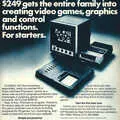
RCA
September 1978
COSMAC VIP: $249 gets the entire family into creating video games
RCA's COSMAC VIP was a small kit-built microcomputer, based around the COSMAC - COmplementary Symmetry Monolithic Array Computer - CPU and which was aimed at the video market crea...
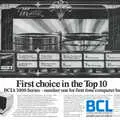
BCL
May 1982
BCL's 3000 Series: First choice in the Top Ten
The original BCL - Business Computers Limited - was formed in 1968 as a result of the merger of Systemation Ltd and Business Mechanisation Ltd. This company actually went bust i...
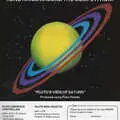
IO Research
September 1983
Pluto: run rings around the competition!
The Pluto graphics card from IO Research, first launched in 1982, could perhaps lay claim to being one of the first "high end" graphics cards aimed at consumers. Re-sold by Nasco...
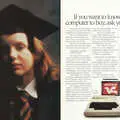
Dragon Data
July 1983
If you want to know which computer to buy, ask your expert.
This is another of those adverts popular at the time which like to suggest that anyone over 20 couldn't possibly know how to use a computer. It was largely true. Before the home ...
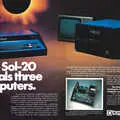
Processor Technology
August 1977
One Sol-20 equals three computers.
Here's another advert for Processor Technology's Sol-20 - the microcomputer designed by Lee Felsenstein in 1976. It's offering the Sol-20 in three bundles - the Sol System I, II...
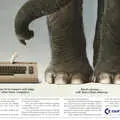
Commodore
November 1983
The Commodore 64 is compact and nippy. But its memory... well that's a little different.
Commodore was clearly milking the "elephants have a long memory" thing as this advert for the Commodore 64, first launched at the Hanover Computer Fair in April 1982, shows. It ...
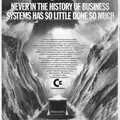
Commodore
April 1987
Never in the history of business systems has so little done so much
Both the "budget" Amiga 500 and higher-end A2000 were announced at the same time during the winter CES show in Las Vegas in 1987. However, Commodore actually managed to start shi...
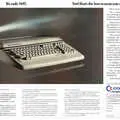
Commodore
February 1983
It's only £695. And that's the last reason you should buy it.
The Commodore 500, sometimes known as the P Series, was part of the CBM-II Series - an attempt to produce an update for the original Commodore PET and seen as the company's last c...
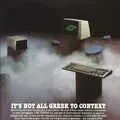
C/WP-Cortex
June 1983
It's not all Greek to Context
The Context was built by C/WP (Computers/Word Processors) of the UK from a design bought from Ontel in the US, where it was known as the Amigo. It was a dual-CPU machine, with a ...

Newbury Laboratories
May 1982
Newbury. Growing mighty with the micros
Newbury Laboratories will forever be associated with the NewBrain - the small, portable micro that was temporarily the choice to be the BBC Microcomputer. However, development w...

Microsoft
November 1981
Turn your Apple into the world's most versatile personal computer.
This is a real curiosity from Microsoft which shows how different the company was before the power of its coming hegemony with Intel and its own MS-DOS - and later Windows operati...
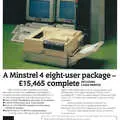
Hotel Microsystems
August 1987
A Minstrel 4 eight-user package - £15,564 complete
It's often said that the rise of cheap commodity PCs and affordable networking killed off the multi-user system, but it's still here in 1987 in the form of Hotel Microsystems' Min...
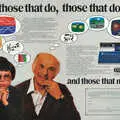
Sord/CGL
23rd June 1983
For those that do, those that don't and those that might
The Japanese Sord M5, launched in October 1982 at the Tokyo Data Show, was one of a handful of computers - a group which included the Sinclair ZX Spectrum and Jupiter Ace - that d...
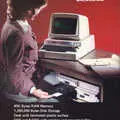
SWTPC
August 1978
SWTPC: System B $4,495.00
It's another entry in that curious sideline of the early microcomputer industry: computers as furniture. On offer is Southwest Technical Products' System B - a CT-64 terminal, du...